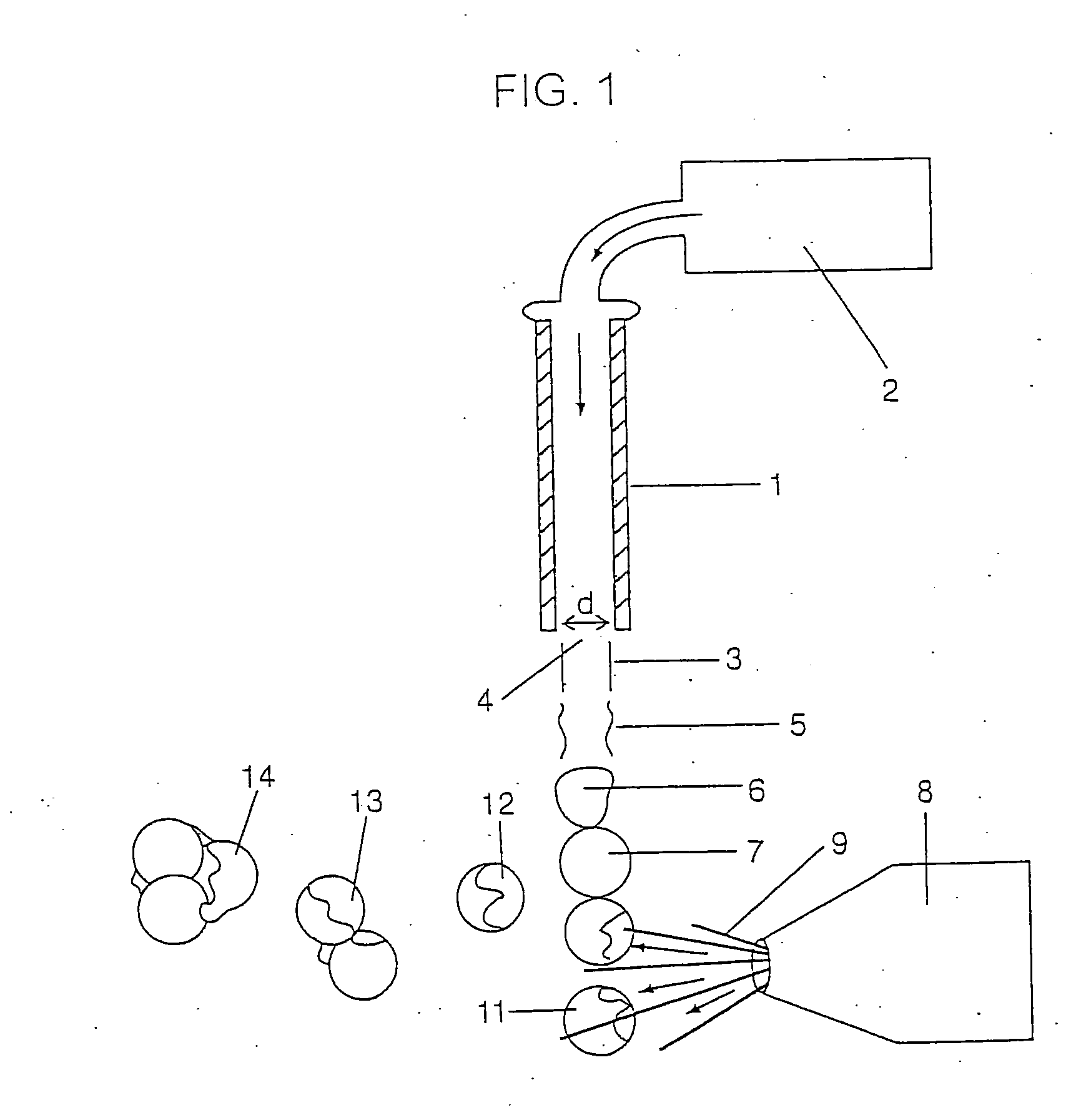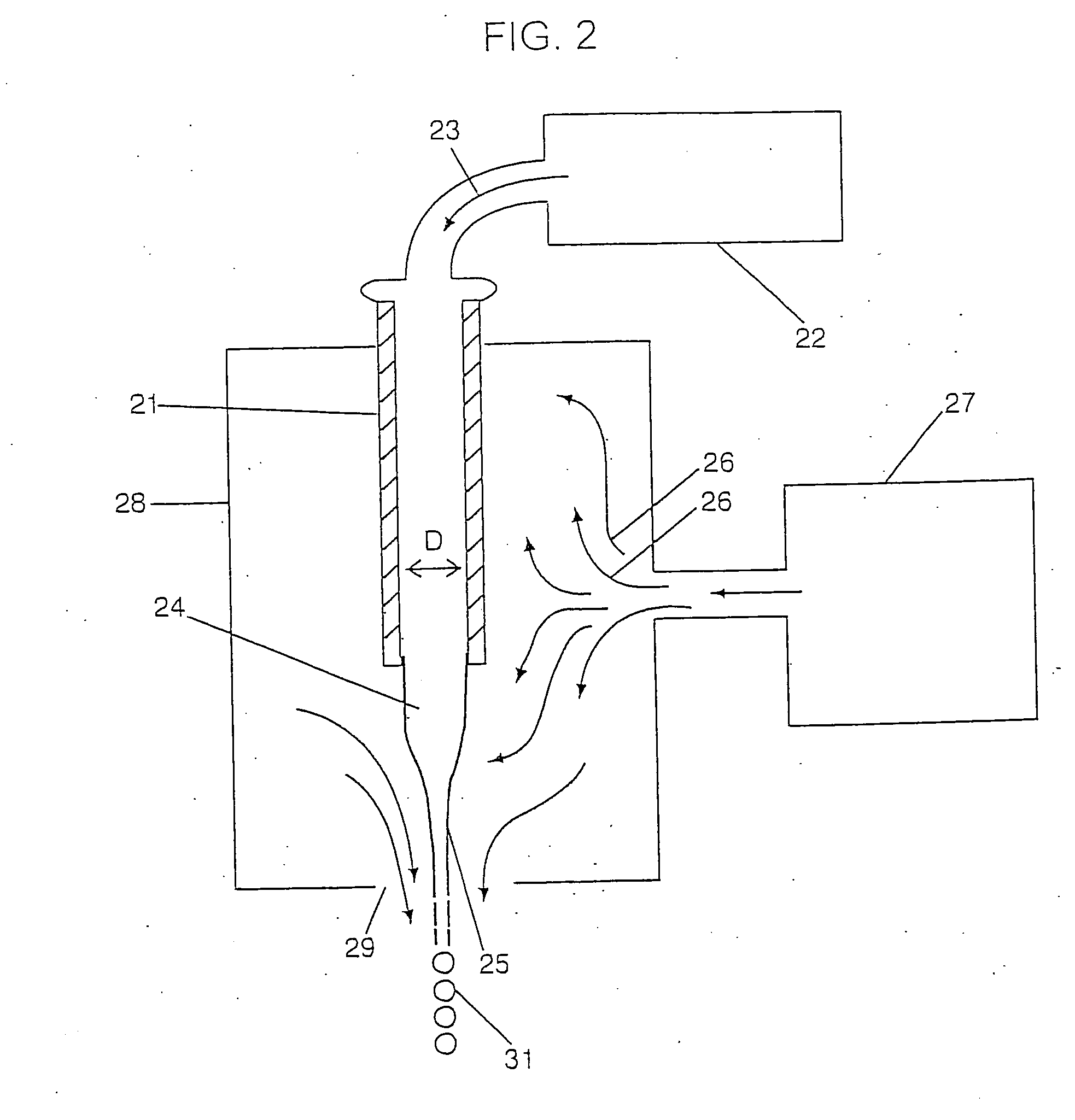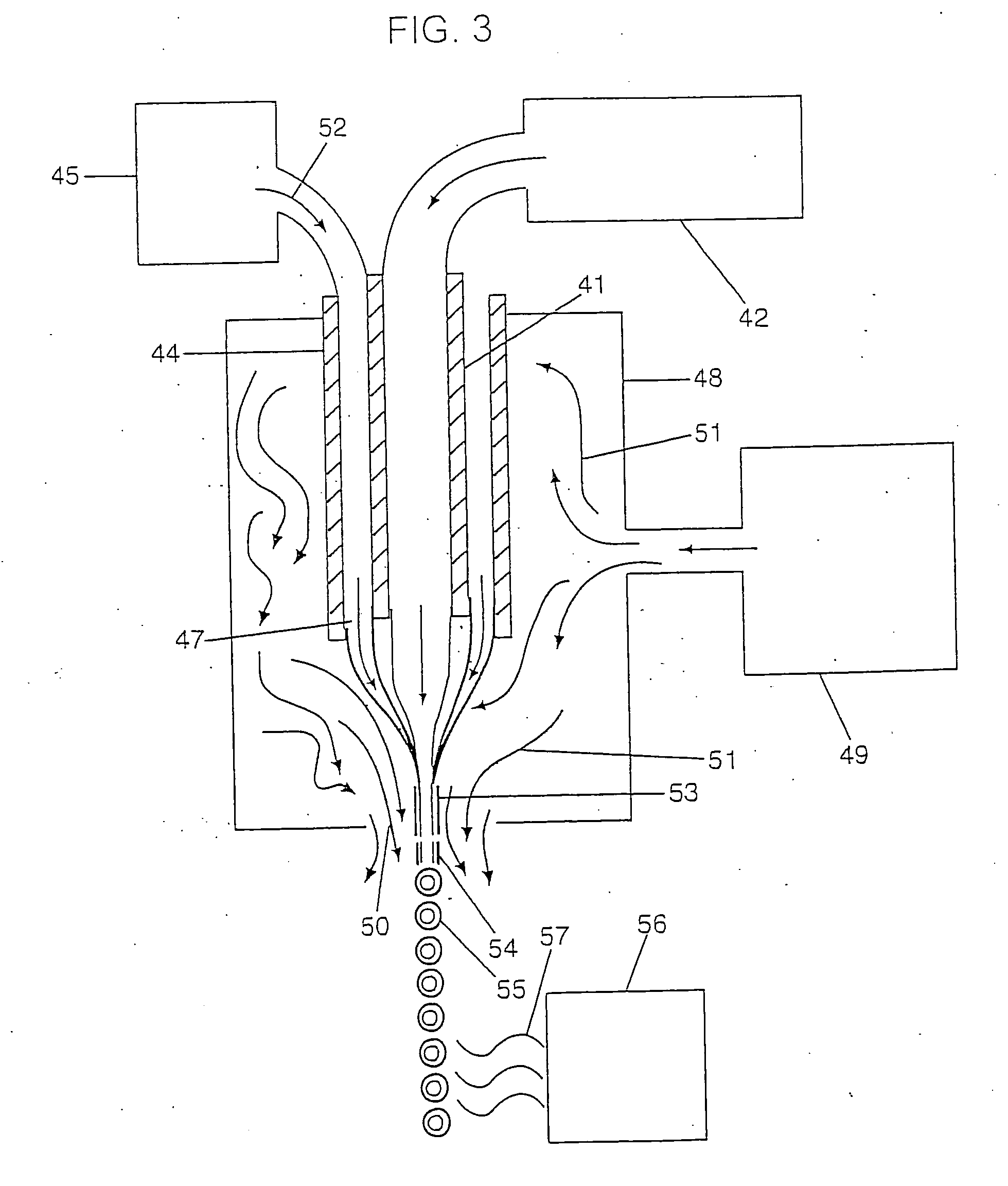Biodegradable, antibiotic, controlled release tape
a technology of antibiotics and tapes, applied in the field of surgical devices, can solve the problems of major risk factors for osteomyelitis, increased risk of infection, and increased risk of infection, and achieves the effects of reducing infection, broad spectrum activity, and low bactericidal resistance ra
- Summary
- Abstract
- Description
- Claims
- Application Information
AI Technical Summary
Benefits of technology
Problems solved by technology
Method used
Image
Examples
example 1
[0219] Those skilled in the art will recognize that the technology described here can be provided to a number of different types of drugs and to heterogenous formulations of all different numbers of particle groups. However, here a specific example is described wherein the active drug is first included within particles which have no coating and thereafter are included within two additional groups of particles wherein the percent thickness of the spheres is varied.
CapsuleSphere DiameterThickness5 microns10 microns20 microns 0S / V = 2.4S / V = 1.2S / V = 0.610%S / V = 4.7S / V = 2.3S / V = 1.230%S / V = 38S / V = 19S / V = 9.4
[0220] The surface area to volume ratio numbers in Table 6 must be taken in the context of the capsule thickness. Microspheres with a capsule thickness of zero are composed entirely of active drug; there is by definition no inactive ingredient forming a capsule layer. Therefore, even though a 10 μm microsphere with zero capsule thickness has the same surface area to volume rati...
example 2
[0224] A specific configuration of the Flow Focusing nozzle system was used to fabricate a series of microencapsulated GS / PLGA micro spheres (FIGS. 15-29). The device consists of a compartment with a gas inlet supply (providing the focusing gas), a nozzle orifice opposite a capillary tube connected to a syringe pump which conveys a continuous flow of water-in-oil emulsion to a fixed point in front of the nozzle orifice.
[0225] The stream of gas across the nozzle orifice creates a funnel shaped “lens-of-air” into which the liquid from the capillary is introduced. This results in a steady jet of water-in-oil emulsion exiting the orifice. This jet breaks up quickly into equal-sized drops whose size is a function of the pressure drop across the orifice and the flow rate through the capillary tube. Finally, these liquid drops, made of a water-in-oil emulsion, are dried in a hot chamber to obtain the desired microencapsulated GS / PLGA micro spheres.
[0226] Different amounts of GS (Aldrich)...
example 3
[0231] Fabricated GS / PLGA micro spheres were studied in-vitro for their GS release characteristics. GS / PLGA micro spheres were first incubated in phosphate buffered saline (PBS), with changes of buffer at fixed time points. The antimicrobial activity of the supernatants was determined by placing the supernatants into small open cylinders (Oxford cups) that rest on the surface of an agar plate previously seeded with a bacterial culture (Serratia marcescens, ATCC No. 29632). The plate is then incubated for 36 hours. If Gentamicin sulfate is present in sufficient concentration, the bacteria cannot grow and a clear zone of inhibition (ZOI) is the result.
[0232] One milligram of each size of GS / PLGA micro spheres was placed in a 1.5 mL eppendorf tube to which was added 125 microliters of PBS. All tubes were incubated at room temperature with gentle agitation.
[0233] At 2, 4, 6, and 8 hours, all tubes were given a 10 second centrifugation, after which 100 microliters was removed from each...
PUM
| Property | Measurement | Unit |
|---|---|---|
| surface area | aaaaa | aaaaa |
| surface area | aaaaa | aaaaa |
| surface area | aaaaa | aaaaa |
Abstract
Description
Claims
Application Information
 Login to View More
Login to View More - R&D
- Intellectual Property
- Life Sciences
- Materials
- Tech Scout
- Unparalleled Data Quality
- Higher Quality Content
- 60% Fewer Hallucinations
Browse by: Latest US Patents, China's latest patents, Technical Efficacy Thesaurus, Application Domain, Technology Topic, Popular Technical Reports.
© 2025 PatSnap. All rights reserved.Legal|Privacy policy|Modern Slavery Act Transparency Statement|Sitemap|About US| Contact US: help@patsnap.com



